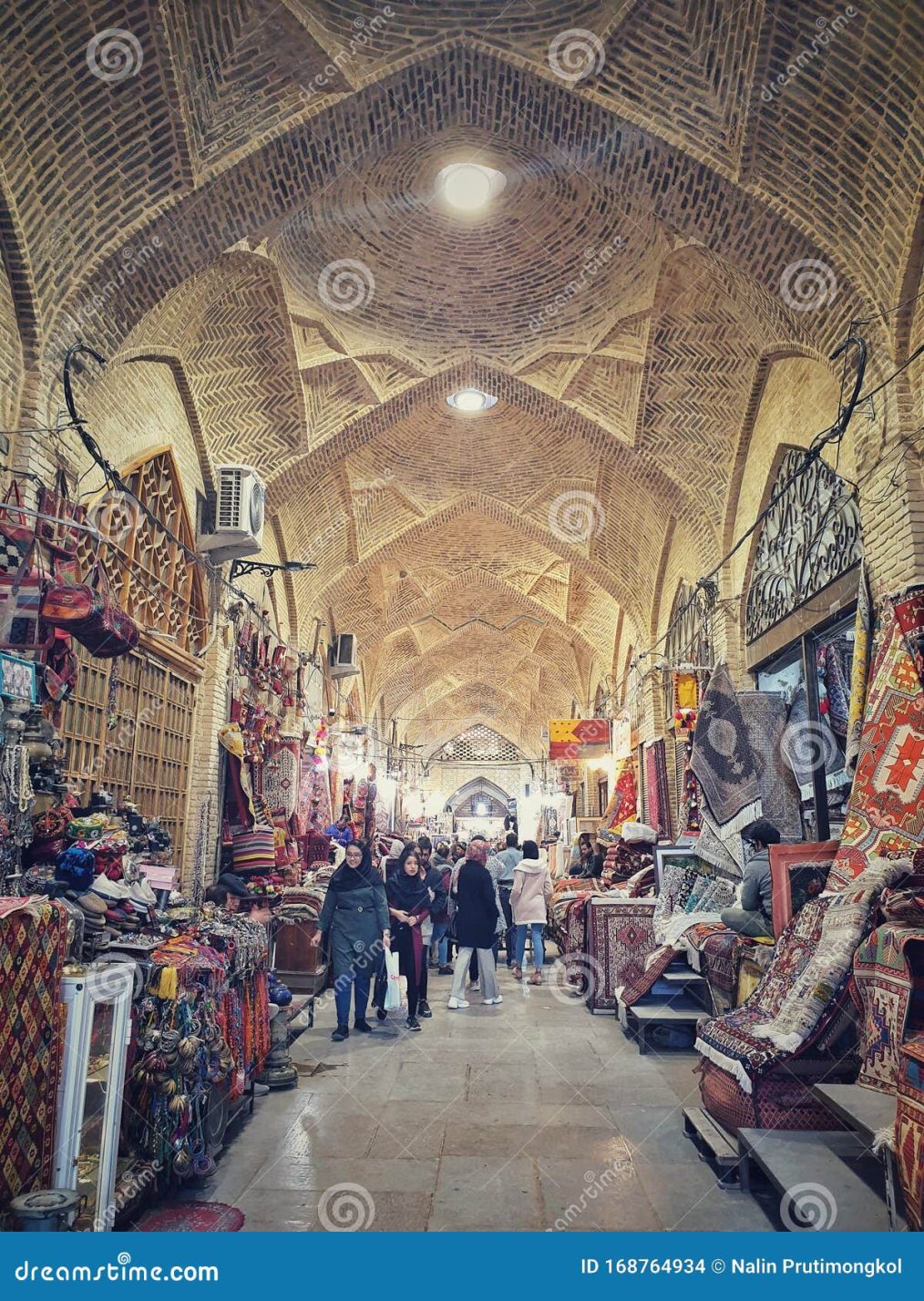
Tehran’s Grand Bazaar: A Protest Unfolds Amid Economic Crisis
The Krakow Post
Merchants Lead the Way
On December 29, 2024, Tehran’s historic Grand Bazaar, usually a bustling centre of trade and commerce, became the focal point of a major strike. Merchants and shopkeepers, grappling with surging inflation and a collapsing rial, shuttered their shops and called on others to join them. By the next day, protests had spread across the city, with workers from diverse sectors demanding higher wages, better pensions, and improved working conditions.
The strike began among shoe sellers in the 15th Khordad area and quickly rippled through the bazaar’s interconnected network of tradespeople, each bearing the brunt of Iran’s worsening economic conditions.
Voices of Protest
Protesters chanted slogans like, “Don’t be afraid, close up,” and “Brave merchants, support, support,” urging solidarity among their peers. A fabric merchant explained the dire situation, citing the skyrocketing cost of raw materials and the dramatic devaluation of the rial as reasons for his participation.
Their grievances were amplified by the currency’s sharp decline. On the open market, the rial has plummeted to over 810,000 per US dollar, exacerbating the financial strain on merchants who now face exorbitant costs to import goods.
A Collapsing Economy
Iran’s economic turmoil is rooted in a complex web of sanctions, geopolitical tensions, and internal mismanagement. U.S.-led sanctions targeting the country’s nuclear program and its support for militant groups have heavily restricted economic growth. Compounding the problem, Iran’s involvement in arms transfers to Russia has drawn further international criticism, isolating it from global markets.
Meanwhile, energy shortages have led to widespread blackouts and school closures, underscoring the depth of the crisis. Workshops across the country have shuttered their doors, while others struggle to sell goods in a shrinking market.
Unrest Beyond the Bazaar
The strike at the Grand Bazaar ignited similar actions in other commercial centres, including Abbasabad Market and Baghe Sepahsalar. Hamidreza Rastgar, head of Tehran’s Chamber of Guilds, acknowledged the growing unrest among manufacturers, signalling the strike’s potential to trigger broader disruptions.
Government on Edge
Iranian security forces have responded with heightened vigilance, deploying personnel to monitor and contain demonstrations. Although no immediate violence has been reported, the heavy police presence reflects the government’s anxiety over protests in such an economically and historically significant area.
A Turning Point?
The Grand Bazaar protests highlight a critical moment in Iran’s ongoing economic struggle. What began as localized discontent has evolved into a nationwide call for change, with merchants and workers from diverse backgrounds uniting against shared hardships. As inflation soars and the rial weakens further, the voices from the bazaar may become a rallying cry for broader reform.



